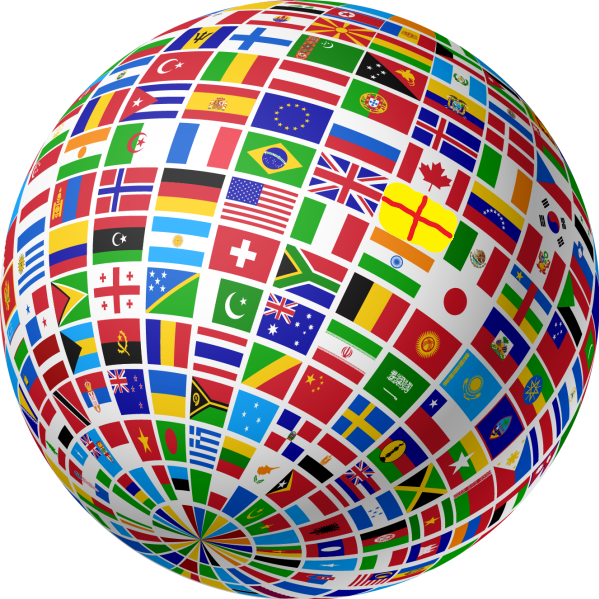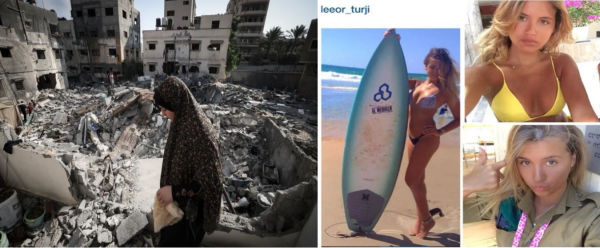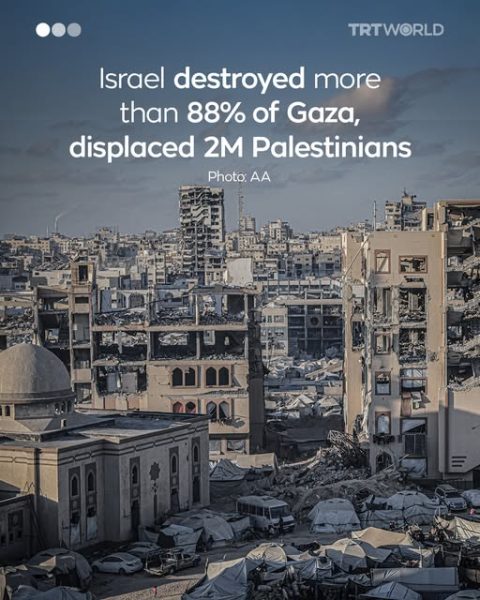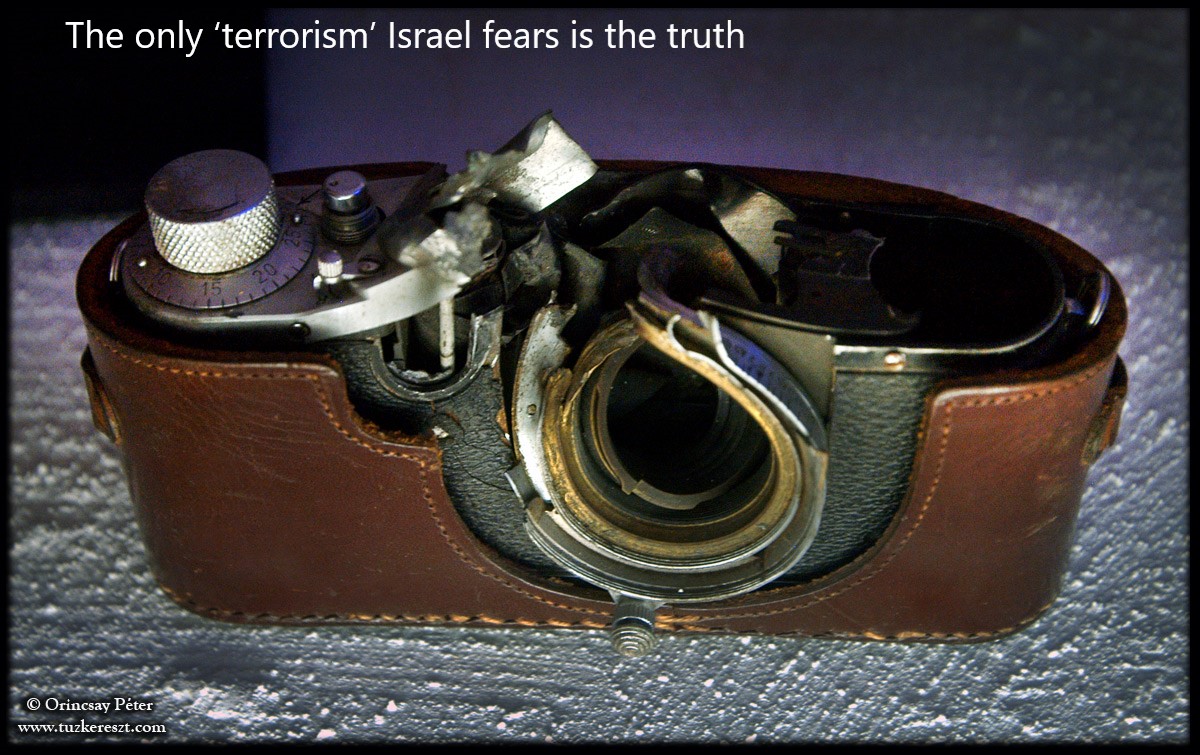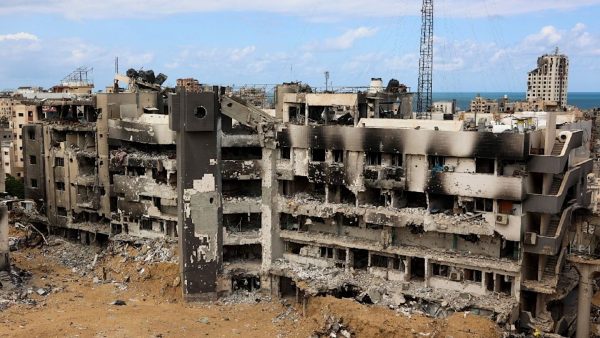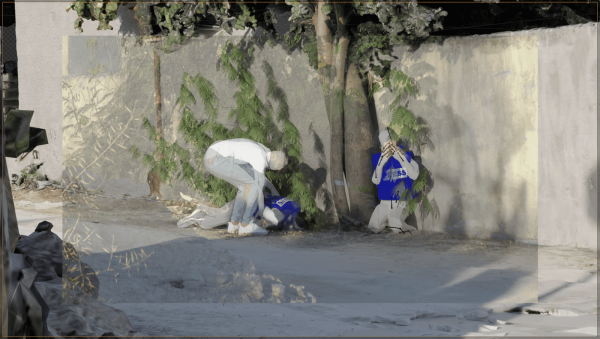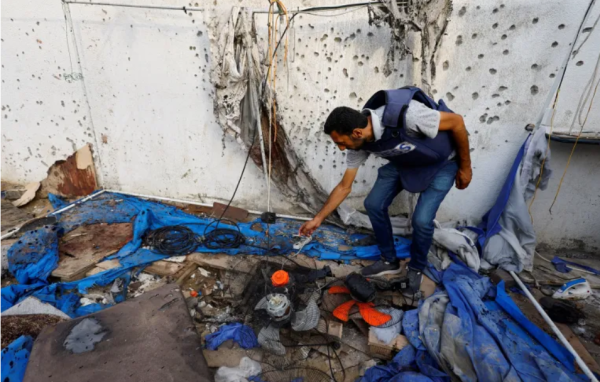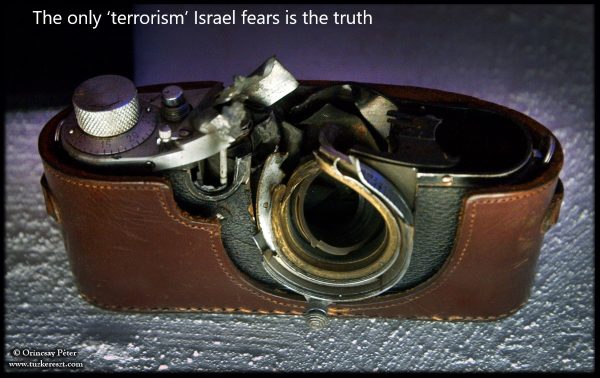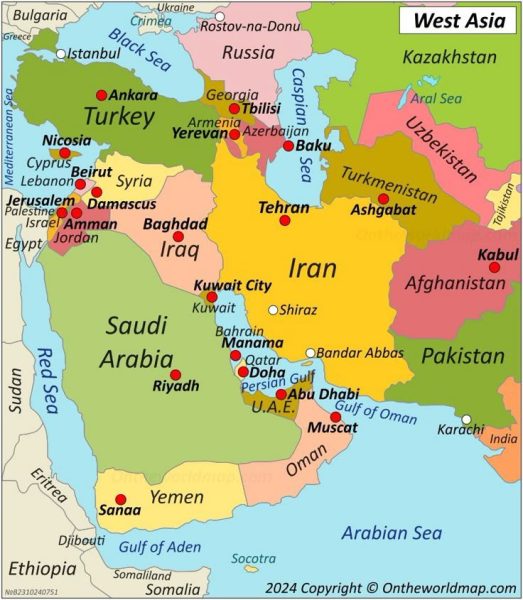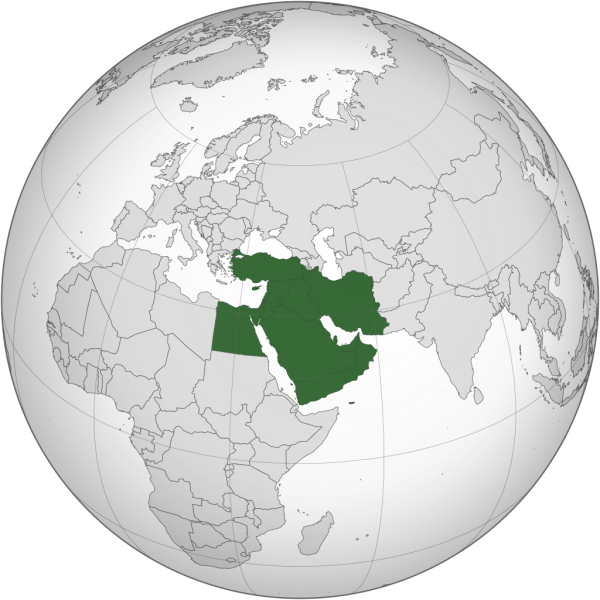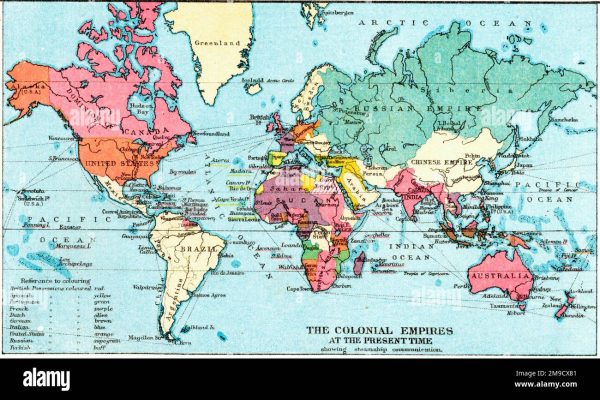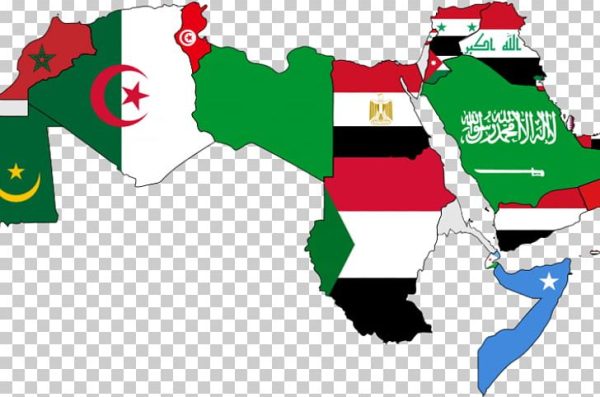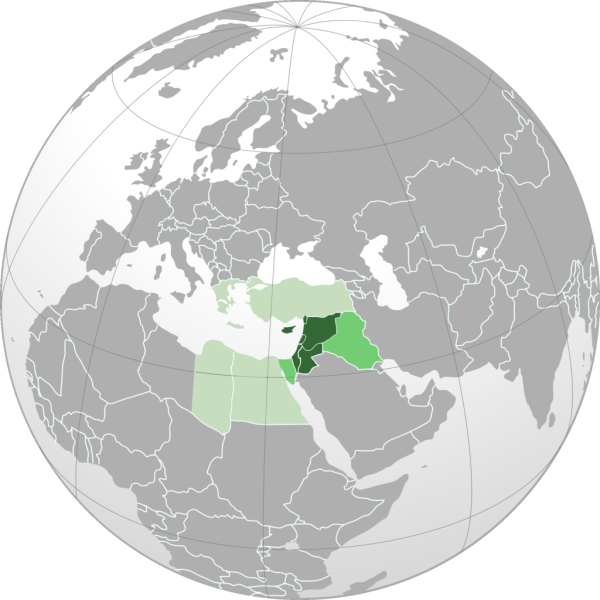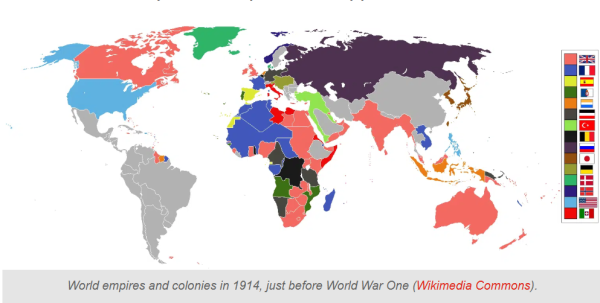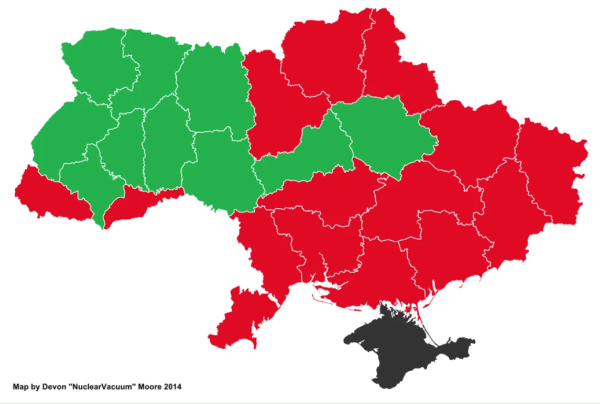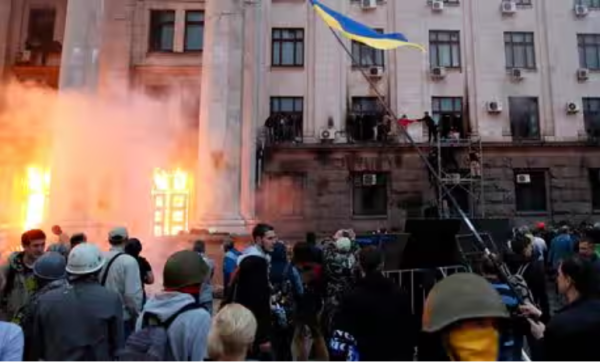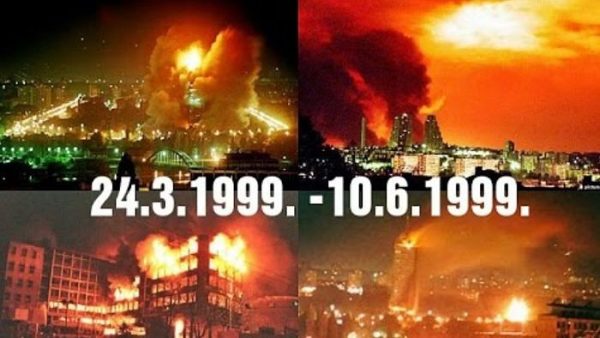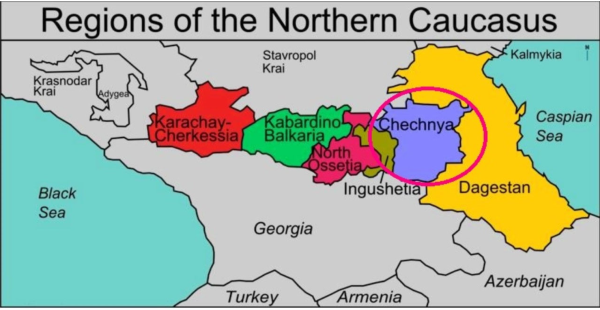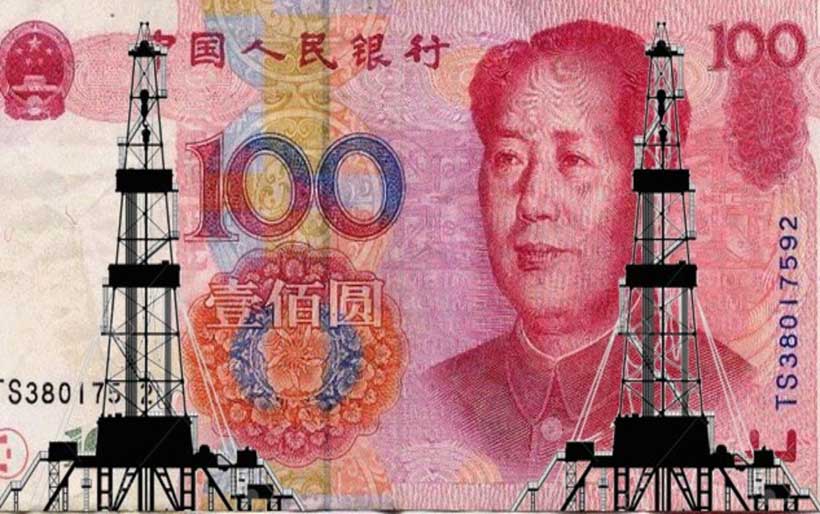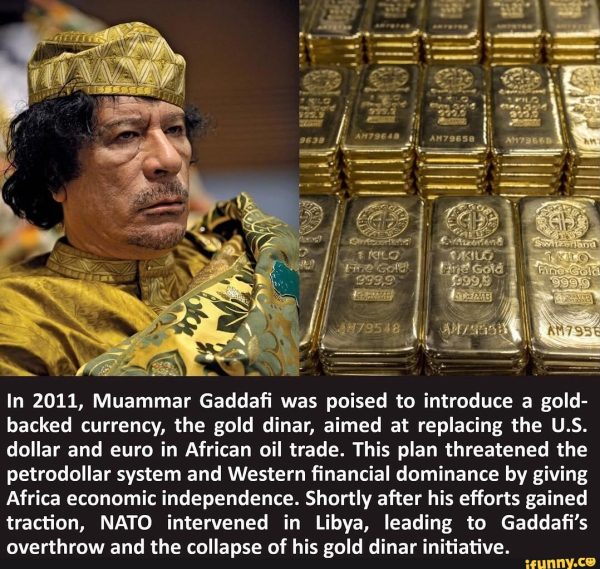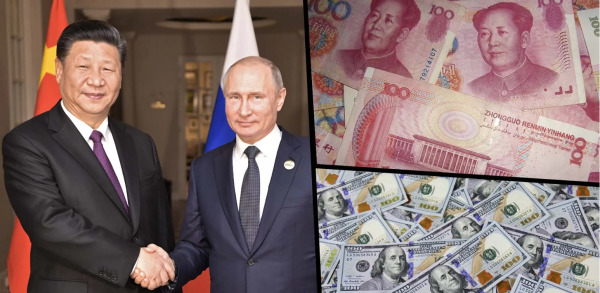
Typhon ravages the Philippines after demonstrations against lack of climate protection
Thousands of protesters walked the street in Manila because of a corruption case that turned out to be renewed on a day later.

The typhoon Ragasa has gradually released his roof in the Philippines and has instead landed in China.
But before leaving the Philippines, it made sure to put its trail.
Several places are affected by extensive floods and power failure, and the authorities have warned about the risk of landslides.
In addition to the damage to home and infrastructure, several have lost their lives, although thousands of people were evacuated before the typhoon hit.
The Philippines, which is extremely vulnerable to natural disasters, is hit annually by about twenty typhoons, but this one hit at a striking time.
The day before, thousands of protesters were on the street to demonstrate against corruption – was upset by a flood control scandal project.
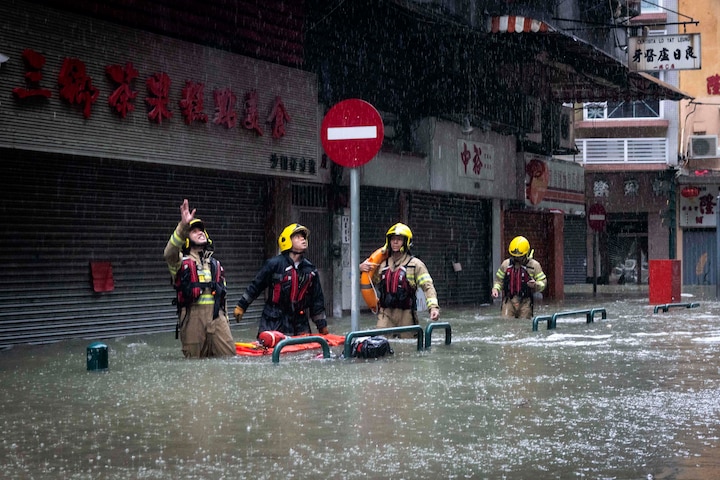
Several reasons to demonstrate
Although the demonstrations around the Philippines were actually announced as peaceful, chaos broke out in several places in the country’s capital, Manila.
It resulted in clashes with the police where 17 people were arrested for allegedly throwing stones and setting fire to a truck.
– Ordinary citizens are constantly on the border to have had enough, explains a senior researcher at Dignity and professor at the Department of Politics and Society at Aalborg University.
Still, there are two factors that triggered Sunday demonstrations, the researcher says.
The first factor mentioned is the anniversary of the introduction of the state of emergency in 1972, which de facto marked the beginning of Ferdinand Marcos ’ 14-year dictatorship in the Philippines.
– The anniversary was also marked to some extent in the past. But it wasn’t something big. It has grown much bigger after Marco’s jr. has become president. Now it has become an annual criticism of the current president, who was the son of him who did it back then, he said.
On top of that, there was the very concrete corruption case, the second factor that made the more than 100,000 Filipinos walk on the street.

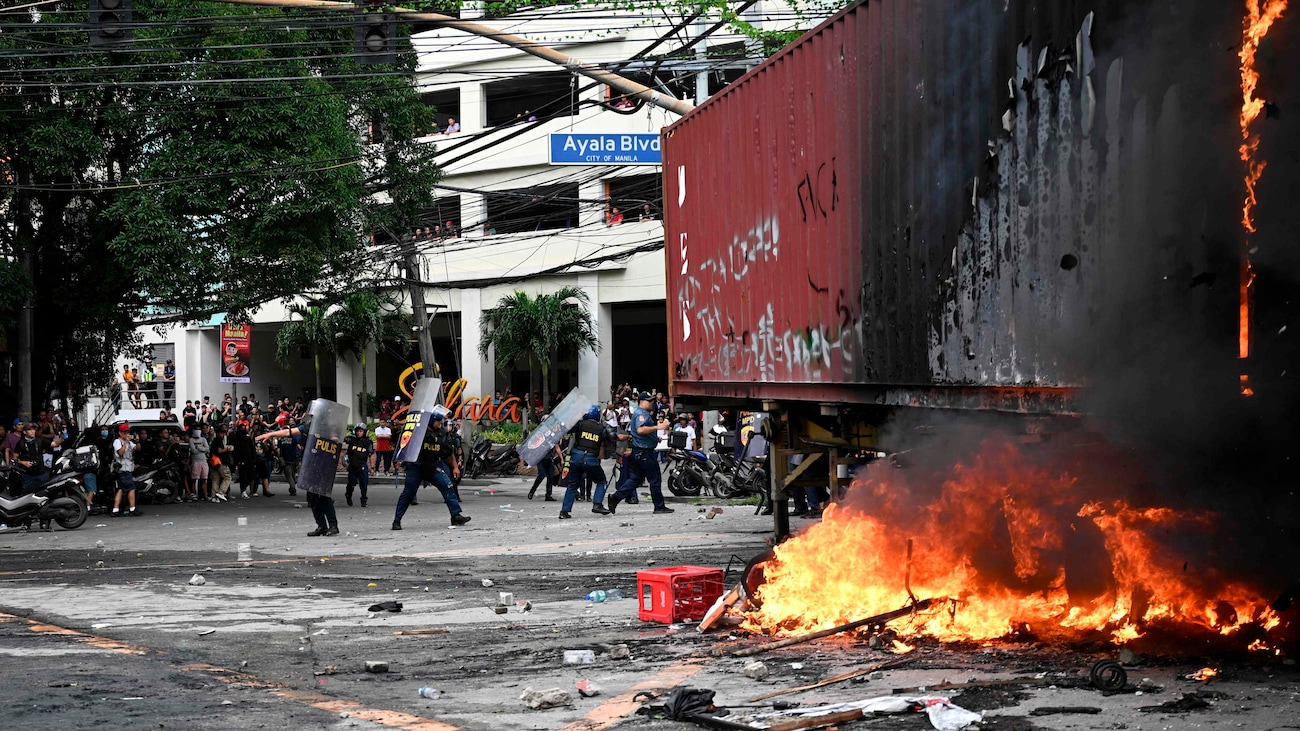


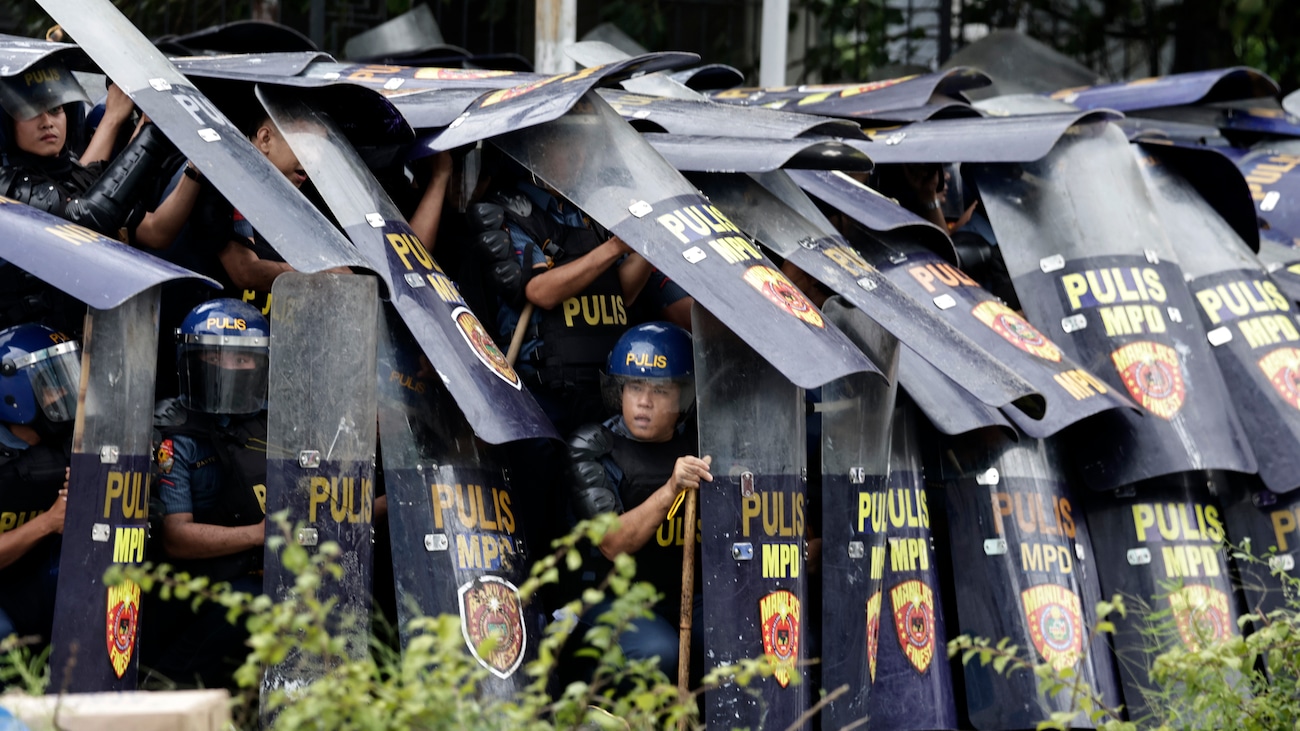

Here, the government and the office are accused of having had their fingers deep in the pocket of a project aimed at securing the country in the event of flooding.
According to the government itself, since 2023, the project has been to blame for a loss $2 billion, but Greenpeace assesses that the amount is more than eight times as high.
– The greed we see in this corruption scandal reflects the greed of fossil fuel companies that have brought us to this climate crisis, Greenpeace writes about the Philippine government’s climate-driven spending potentially lost due to corruption since 2023.
– It could have been anything, but now it happened to be this case where it turned out to have gone wrong. And it has then helped nourish the whole constant class consciousness that lies in the Philippines.
The president is trying to speak the protesters by mouth
The Philippine President Ferdinand Marcos Jr., has tried to mitigate the situation and expressed support for the protests.
“Do you blame them for going out on the street?” he asked journalists at a press conference and continued:
– If I wasn’t president, maybe I’d be out on the street with them. Of course, they are furious. They are angry, I’m angry. We should all be angry, because what is happening is not right.
– The Marcos family is simply a thief number one. That family has stolen so you don’t dream of the – especially the father(accused of plundering as much as $10bn) and father’s wife, Imelda, who had the 3000 shoes, it sounds from the researcher who complements:
– The Philippines is a hugely corrupt country and it is corrupt in a very special way. Because it is guided by some huge political families.
On Transparency International’s corruption index scores the Philippines 33 out of 100 points and thus places itself on a 114th place out of 180 countries.
– The Philippine people are at the same time strongly revolutionary and willing to accept incredible forms of humiliation. And it is all the time on the border between whether they will accept it or not.

Wave of protests
The demonstrations in the Philippines come on top of a wave of dissatisfaction in parts of South and Southeast Asia.
There is a youth uprising in Asia at all against the part of the elite who just steal and steal

